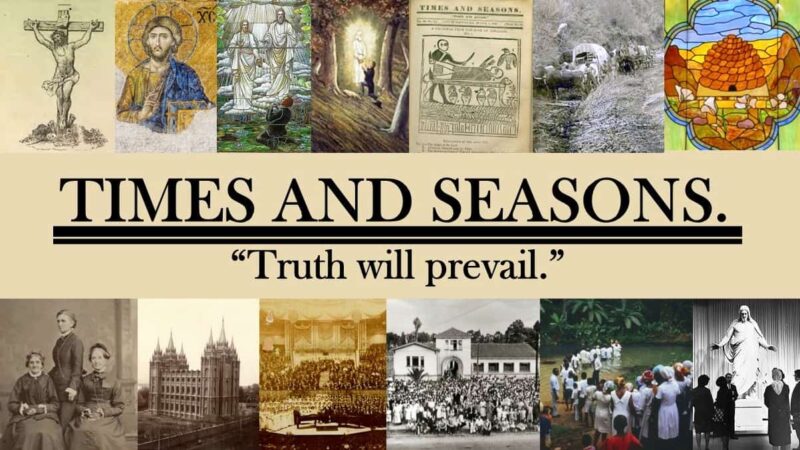- RL on Classic President Holland Talks: “Most popular YouTube talk on the LDS channel Lessons from Liberty Jail 1.7 mil Lord I believe 1.4 mil Not sure if there’s been a change to how these talks are made available. But lots of Holland messages are highly viewed.” Jan 2, 17:06
- on Classic President Holland Talks: “I’m not sure if they are public but analytics for BYU speeches probably has 2-3 Holland talks in the top 10. YouTube conference videos views likely favor the Presidents.” Jan 2, 16:58
- on Classic President Holland Talks: “Came to add “Like a Broken Vessel”(2013)… that was a landmark talk during my tenure as RSP, and was so liberating to the sisters I served, because it seemed to have given permission to freely take down the Sunday masks. A true watershed moment.” Jan 2, 14:40
- on 2025 in Review: The Year of Hard Numbers and Heavy Books: “At this point I have fragmentary thoughts that don’t add up to anything like answers to the questions I raised. Hopefully that will change, and I appreciate the invitation.” Jan 2, 14:19
- on 2025 in Review: The Year of Hard Numbers and Heavy Books: “RLD, if you have some thoughts on the topic you’d like to share, we’d love to hear from you.” Jan 2, 06:35
- on 2025 in Review: The Year of Hard Numbers and Heavy Books: “My copy of Sears’ A Modern Guide to an Old Testament should be arriving any day now. I wouldn’t say T&S has ignored it, as it’s been relevant to many broader discussions, but here’s the topic on my mind right now: How can we help young people retain their testimonies as they reach their mid-twenties and the subsequent decade or so? Their brains are fully mature, and they generally see things less in black and white. They’re more comfortable with nuance and ambiguity. But they’re also much less willing to simply dismiss information that challenges their world view. Some develop more complex testimonies, testimonies that their younger selves might call weaker but which are in fact much more resilient. Others let go of one truth claim only to have that lead to letting go of another, and another, until there’s nothing left. Others face an acute faith crisis and lose their testimonies all at once. What makes the difference? What can we who have been through that phase do to help them?” Jan 2, 05:34
- on Classic President Holland Talks: “Good list, and I completely agree with your comments (including those on Elder Maxwell). I’d add Like A Broken Vessel (October 2013). To the best of my knowledge, that was the first time a general authority spoke in conference about their own experience of mental illness. To a family that was struggling with mental illness at the time (and continues to do so) it’s hard to describe how meaningful that was. It did so much to reduce the stigma involved.” Jan 2, 05:21
- on 2025 in Review: The Year of Hard Numbers and Heavy Books: “Seconded. This is a great recap. I’ll try to keep the clickbait going in 2026.” Jan 1, 18:49
- on “As Far as It Is Translated Correctly”: The Bible and the Fulness of the Gospel: “That’s a good formulation of the issue. My own research has recently taken me into the 18th century in a serious way for the first time. There’s a lot of really interesting things going on there!” Jan 1, 18:48
- on A Christmas Gift for the Restoration: A Beginner’s Guide to B. H. Roberts: “Thanks TexasAbuelo!” Jan 1, 12:36
